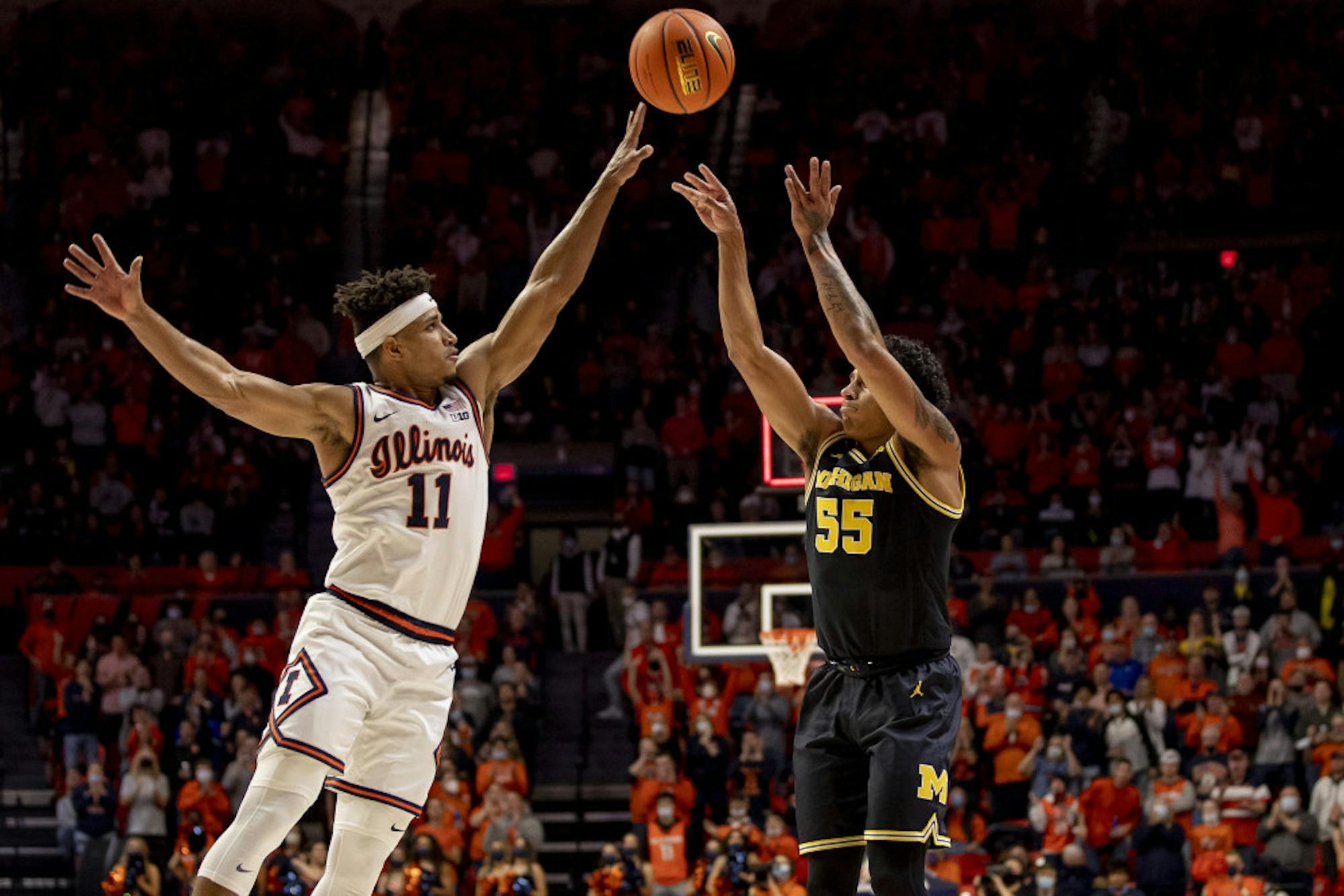Every year, I try to win my friend group’s March Madness bracket pool, and I always fall short. The challenge of making a perfect bracket is so close to impossible that Warren Buffett offered $1 billion to any fan that could, but no one did. Therefore, it would be understandable if I was simply bad at making brackets, but I like to think I’m pretty good. So this year, in an effort to make it atop the pool, I found a new source of inspiration: political science.
It would be hard to find a political science class in the country that doesn’t teach its students about the security dilemma. The security dilemma is the process by which a country attempting to make itself more secure — by making defense treaties, building ships and planes or relocating weapons — makes other states less secure, causing them to respond in kind and making each state less safe but with greater military capabilities than before.
What does this have to do with college basketball?
Common political science paradigms like realism and liberalism hold that one, if not the, primary goal of a state is to survive. In college basketball, and particularly in the postseason tournament, teams must also survive. Instead of building weapons for security, they maintain their status by winning basketball games.
Like states, teams must allocate resources efficiently to protect themselves. This comes in the form of planning offense and defense with limited time in a season. States face a similar dilemma on how to treat their adversaries when their safety is in question every single day.
Does playing better really make it so teams are less likely to win? Of course not, but it does cause teams to respond in kind. An offense that attacks the middle beats the holes in a zone defense. A team with a dominant big man struggles against a defense that stacks the paint. Similarly, states may construct anti-missile systems in response to an adversary creating missiles or simply make more of their own missiles. I want to examine how offense and defense interact as a successful strategy for a team’s ‘security’ considering the dilemma.
Robert Jervis’ seminal paper “Offense, Defense, and the Security Dilemma” does just this. Jervis, who got his Ph.D. at the University of California, Berkeley, which has a basketball team currently posting a 3–24 record, examines the intertwined variables of whether offense or defense has the strategic advantage. The paper asks whether states can differentiate offensive and defensive postures, and it shows how those variables impact the security dilemma.
I believe that — when it comes to men’s college basketball — offense certainly possesses the advantage. After all, teams need points to win, and because defense is reactionary, offense has more freedom. An NCAA analysis that covered the years from 2010–18 showed that the vast majority of Final Four teams and all of the men’s basketball champions except for the 2014 University of Connecticut team posted a better offensive proficiency rating than their opponents. In college basketball, defense doesn’t win championships. However, this wasn’t always the case: Past championship game results show that games used to be much lower scoring. Defense-first teams like Houston and Tennessee are unable to get over the hump just as countries that do not adapt will be eliminated or overpowered.
I do not believe that offensive and defensive postures are distinguishable. Both teams and states have natural strengths, but teams often try new strategies, and some strategies fall out of popularity. Moreover, states and teams have different policies toward each adversary and opponent, so teams can’t be sure that they know which posture to expect.
So what can Jervis (who redeemed himself by later teaching at basketball powerhouse UCLA) tell us? He states that when offense is favored and postures are not distinguishable, the security dilemma is at its most dangerous. States are unable to anticipate the actions of others and are inclined to be increasingly aggressive. I would argue that this is represented in the level of parity this year. There has certainly been a deviation in traditional planning and team hierarchy. There has been an incredible number of upsets, which is admittedly difficult to quantify. But Eastern Illinois beating Iowa as 31.5-point underdogs marked the biggest upset by point spread ever. Kansas State, who started the year unranked, beat four ranked teams (including No. 2 Kansas) to make the top five at one point. Meanwhile, UNC, who started the season ranked first, fell all the way out of the top 25 faster than any preseason No. 1 ever. I could go on, but this year has been one of the most exciting in college hoops history. The security dilemma is incredibly strong with more teams adapting in new ways to rise to the top. Whatever happens, I can’t wait for March. Thanks, Jervis.






